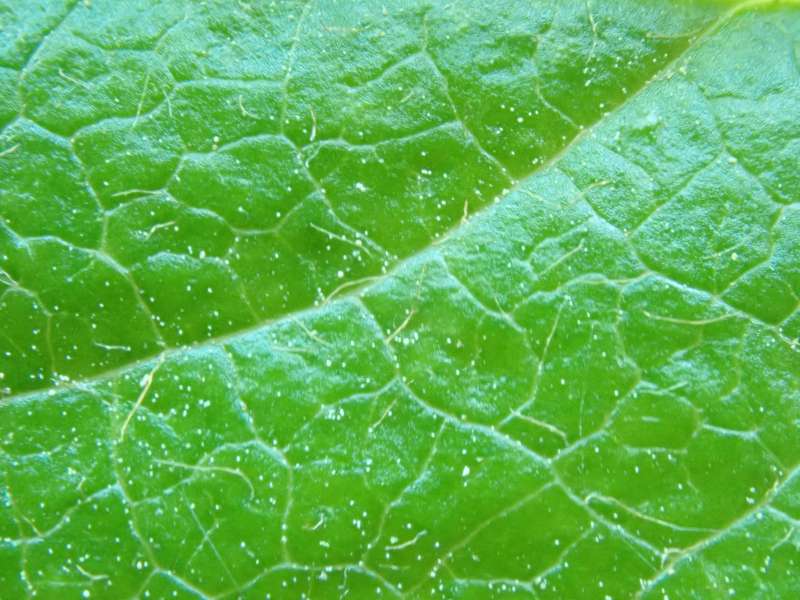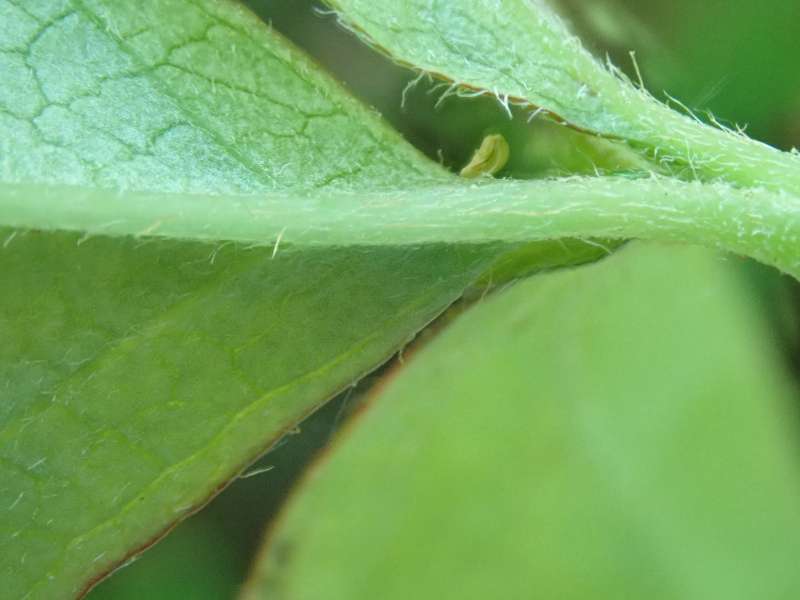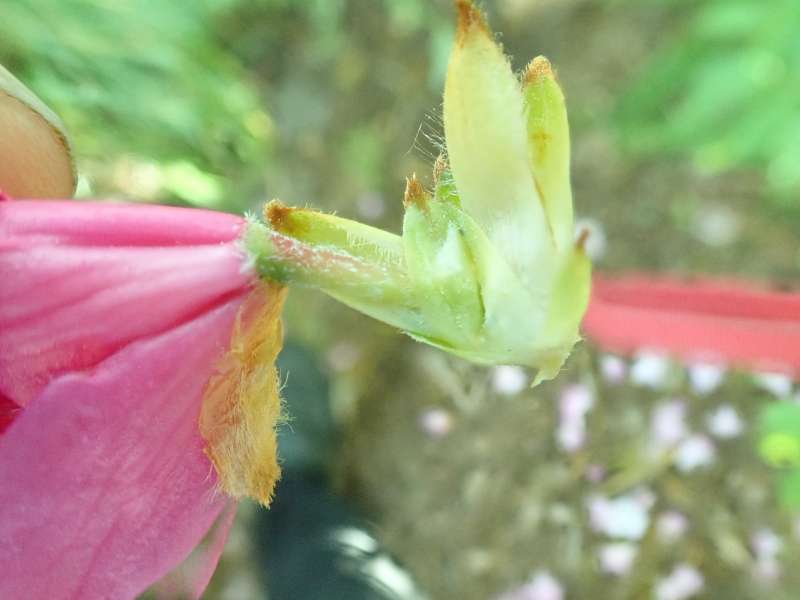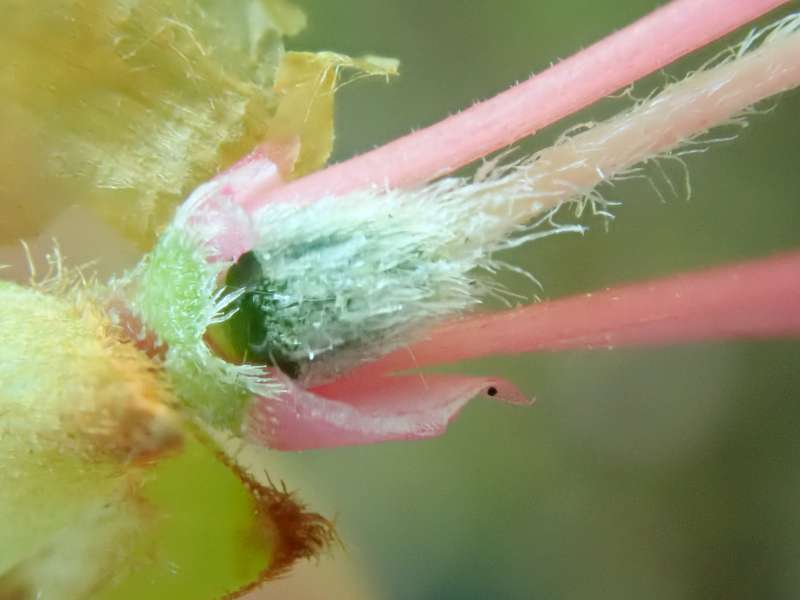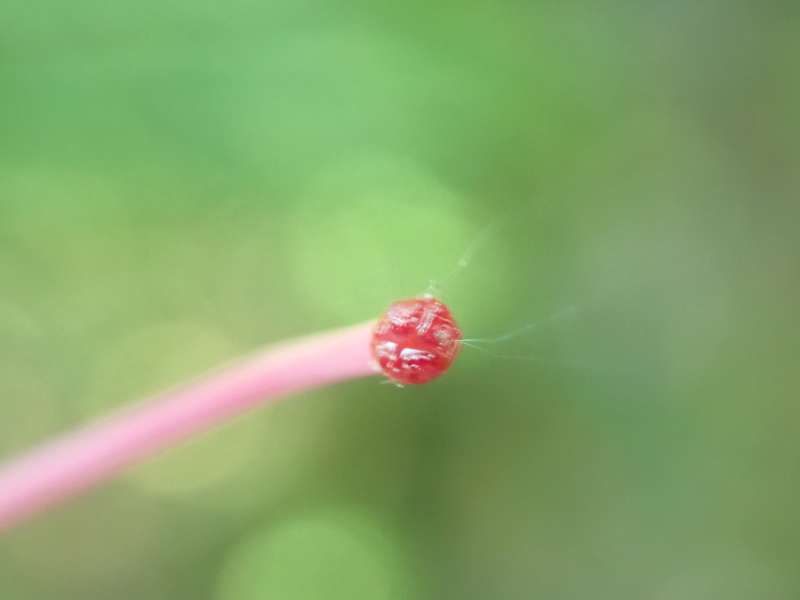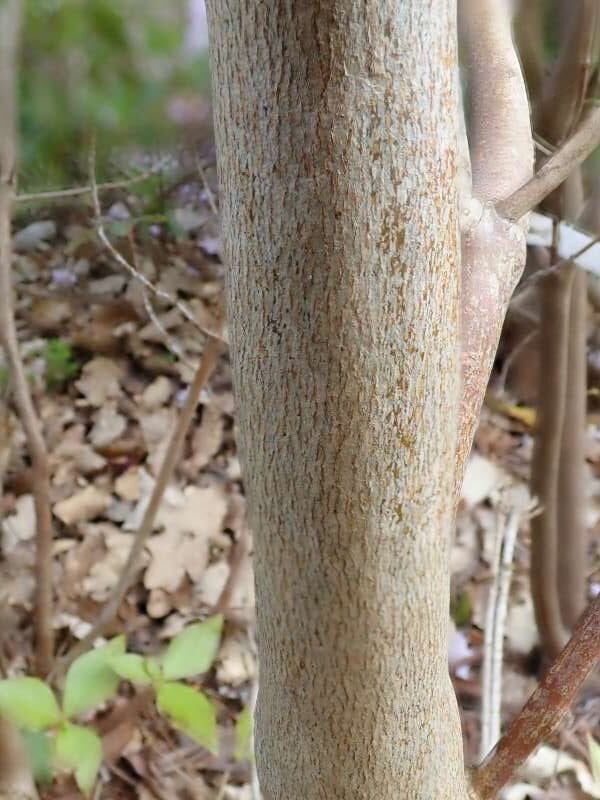Rhododendron amakusaense
Billeder af Rhododendron amakusaense
Beskrivelse
R. amakusaense (Brachycalyx). Hedder også R. viscistylum var. amakusaense K.Takada ex T.Yamaz.
in J. Jap. Bot. 59: 205. og J. Jap. Bot. 62: 72 (1987). Vokser i Japan i tempereret zone.
GBIF; R. amakusaense
Species R. amakusaense (Takada ex T.Yamaz.) T.Yamaz.
≡ R. viscistylum var. amakusaense K.Takada
≡ R. viscistylum var. amakusaense K.Takada ex T.Yamaz.
Plants of the World Online; R. amakusaense
Flora of China; R. amakusaense
Japansk side
PlantSnap; Rhododendron
“Pet poisonous” – Toxic parts: entire plant Rhododendron is a genus characterised by shrubs and small to (rarely) large trees, the smallest species growing to 10-100 cm (3.9-39.4 in) tall, and the largest, R. protistum var. giganteum, reported to 30 m (98 ft) tall. The leaves are spirally arranged; leaf size can range from 1-2 cm (0.39-0.79 in) to over 50 cm (20 in), exceptionally 100 cm (39 in) in R. sinogrande. They may be either evergreen or deciduous. In some species, the undersides of the leaves are covered with scales (lepidote) or hairs (indumentum). Some of the best known species are noted for their many clusters of large flowers.
There are alpine species with small flowers and small leaves, and tropical species such as section Vireya that often grow as epiphytes. Species in this genus may be part of the heath complex in oak-heath forests in eastern North America. They have frequently been divided based on the presence or absence of scales on the abaxial (lower) leaf surface (lepidote or elepidote). These scales, unique to subgenus Rhododendron, are modified hairs consisting of a polygonal scale attached by a stalk. Rhododendron are characterised by having inflorescences with scarious (dry) perulae, a chromosome number of x=13, fruit that has a septicidal capsule, an ovary that is superior (or nearly so), stamens that have no appendages, and agglutinate (clumped) pollen.





